“WATCH: Staring at screens seriously hurts your child's development - CANOE” plus 3 more |
- WATCH: Staring at screens seriously hurts your child's development - CANOE
- Does being down with the kids make better teachers? - TES News
- How to manage your child's screen time (and why you should) - Engadget
- See how the makers of the 'Child's Play' remake brought a new Chucky to life - Yahoo Entertainment
| WATCH: Staring at screens seriously hurts your child's development - CANOE Posted: 22 May 2019 08:13 AM PDT Computers, TVs, smartphones are essential to many people's day-to-day lives. however they're also creating many problems — not just for adults — but for children. Digital devices have made it easier for parents to occupy their children's attention. Watch the video above to find out how too much screen time hurts children's development. |
| Does being down with the kids make better teachers? - TES News Posted: 31 May 2019 10:03 PM PDT I remember returning to school after the summer holidays one year and feeling blown away when my form tutor started talking about the new series that had been on. He posed interesting questions about the impact it could have and the class discussed them. The show we were talking about was Big Brother. Quick read: Why you should stop focusing on the literary canon and embrace what interests students Quick listen: Why child-led learning 'does not work' and what you should do instead Want to know more? Why the subject choices debate is more nuanced than it seems It wasn't the discussion that blew me away - although I'd love to have a transcript of our predictions now, knowing how the show turned out - but rather the fact that he was, against popular opinion, human. I took this idea into my teacher training and made a point of trying to engage with the popular culture that my pupils might be interested in. I made efforts to use it in my teaching wherever possible. Most teachers find these areas of engagement naturally, and in doing so, are able to add them to their behaviour management and class interaction strategies. I had a group of girls, for example, who had told me in no uncertain terms that they couldn't give a stuff about what a SUM function in Excel was. But their engagement levels suddenly shot up when their spreadsheet task was to complete the monthly expenditure for Amy Childs' beauty salon.  But are the days gone that teachers could watch the omnibus of Hollyoaks and feel that we had some indication of what was relevant in our pupils' lives? Times are certainly changing, especially when it comes to media consumption. Some 71 per cent of Generation Z have a Netflix subscription, while only 45 per cent watch TV. In every hour of digital time, members of Generation Z spend an average of 25 minutes watching videos and 54 per cent of that video time per day is spent on social apps (31 per cent on YouTube and 26 per cent on apps such as Snapchat and Instagram). A new landscapeSo what are they watching? And what does it have to do with your teaching and behaviour? Take the recent feud between YouTube beauty vloggers James Charles and Tati Westbrook. The pair have posted countless attacks, defences and justifications on their channels, causing each others' follower tallies to fluctuate wildly. It's a pop culture moment that can prompt debate and countless teaching moments. For example: Maths: What was the percentage of viewers were lost by James and gained by Tati? Could you plot a graph over the days and describe the trend? English: What type of emotive language was used in their videos? Who had the most persuasive content? Media and ICT: What where your thoughts on the editing and lighting of the videos? Business studies: How did these outbursts affect their bank balances? Are they good or bad examples of entrepreneurs? And for PSHE, the opportunities are especially rich. Could Tati's initial video be viewed as bullying? Are these YouTubers demonstrating social skills that are impacting how pupils behave? Is the drama of not taking a second to think and putting it all out there on forums such as Snapchat and Instagram making it more acceptable for there to be drama that spills into the classroom and take away valuable learning? Are disappearing stories making pupils less accountable? Or is the ability to screen record making the consequences more dire? These questions are just as relevant to us teachers. Our students spend a huge amount of their lives with us, so it's valuable to have insight into what they are watching and the impact it could be having on their behaviour. So the next time you have a chance, ask your students what they're watching and take a dive (or at least little paddle) into their world. You won't regret it. Nikki Cunningham-Smith is an assistant headteacher in Gloucestershire |
| How to manage your child's screen time (and why you should) - Engadget Posted: 24 May 2019 08:30 AM PDT The case for limiting screen timeWhile it may seem like common sense, there's a lot of research that demonstrates why limiting screen time for children is a great idea. Yes, there are age-appropriate apps, games, movies, TV shows and more, and they're all rated so you know what's appropriate for a 12-year-old or for a preschooler. But even with ratings and appropriate content, you still need to actively manage screen time to ensure proper growth and development. Studies show that too much screen time can have a lot of negative effects on your child. Those issues range from the mental (problems with school and paying attention) to the physical (trouble sleeping, eating disorders and obesity). There can also be developmental effects for children who spend too much time with electronic devices at a young age. A study from the Cleveland Clinic found that excessive screen time for a two-year-old led to lower developmental outcomes by three years old, and the same for a four-year-old by the time they turned five. Researchers found that things like developing necessary motor skills, a phase that's completed through physical activity, can't take place if a child is occupied (and stationary) by a screen. Too much screen time at a young age can also hinder eye development. If a child spends too much time inside, it can lead to nearsightedness. "Exposure to natural daylight is critical to developing eyes," Ayesha Malik, a pediatric optometrist at Children's Hospital of Philadelphia, explains. "Kids need time playing outside for their health, but also for their eyes." Malik also notes that staring at a screen too much can lead to eye fatigue, dry/irritated eyes and trouble transitioning focus distances. What are good limits?The American Academy of Pediatrics (AAP) recommends no media use for kids under 18 months. From 18 to 24 months, only "high quality programming" should be the norm, and you should plan to watch it with your child. For two-to-five-year-olds (preschoolers), the AAP says you should limit screen time to an hour per day. The organization actually lowered this number in 2016, cutting the daily limit in half (from two hours to one). And again, the AAP recommends co-viewing. Beyond five years, the AAP says the most important thing is to be consistent about limits. There's no set recommendation other than to be sure time spent on a phone or tablet, or watching TV, doesn't replace physical activity, sleep or "other behaviors essential to health." There have been studies that suggest this one-hour figure is too restrictive. In 2017, researchers from the Oxford Internet Institute and Cardiff University measured the impact of screen time on caregiver attachment, emotional resilience, curiosity and overall positive emotion/response. They found that keeping screen time limited to one to two hours per day for two-to-five-year-olds "showed slightly higher levels of resilience, this was balanced by lower levels of positive affect." In other words, the team found that there was no direct link to a child's well-being for a strict one-to two-hour limit on daily screen time. In adolescents, researchers discovered "moderate screen-use above the recommended limits might actually be linked to slightly higher levels of children's wellbeing." The key word there is "moderate." Even though the study finds that the AAP's limits could be a little too confining, the authors still point out moderation is key. They also explain that the so-called co-viewing that the AAP recommends is important for increased screen time to have a positive effect. "If anything, our findings suggest the broader family context, how parents set rules about digital screen time, and if they're actively engaged in exploring the digital world together, are more important than the raw screen time," Andrew Przyzbylski, the study's lead author and an associate professor and director of research at the Oxford Internet Institute, explains. Make a planThe AAP has a set of guidelines for creating a media plan for your family. There are 13, so I won't go into detail here, but they include things like co-viewing, creating tech-free zones, encouraging face-to-face communication, avoiding technology as a pacifier, doing your homework and the discussing dangers for teens. The organization also has online tools for both creating a plan and calculating your child's screen time based on other daily activities. Of course, there's a difference between making a plan and sticking to it. But you can't stick to one if you don't make it in the first place. Remember to be open to making changes as the demands of life and other responsibilities vary from month to month. What works during the school year may not be effective during summer vacation, for example. Once you have a plan in place, there are a number of apps and other tech that can help you stick to your goals. And the good news is, you probably already have some of them. iOS and AndroidBoth Apple and Google have built digital-wellness tools into their mobile software, and those can be used to keep tabs on your children too. For iOS, the Screen Time feature offers a detailed report on apps, web activity and more. More important for your family, you can use it to set limits on the most-used apps. This means you can set PBS Kids to an hour per day, for example. Screen Time also has a Downtime tool that will only allow apps you approve (if any) and phone calls during that period. On Android, Google has a similar set of tools with its Digital Wellbeing app. With this software you can view usage and set app time limits. The better option for enacting your media plan, though, is Google's Family Link app. This software allows you to set time limits and approve what your kids can and can't download from the Play Store. You still get detailed activity reports, and you can even remotely lock a device when it's time for things like physical activity, homework, dinner or bed. While Family Link was originally for younger children, Google expanded it in September with tools better suited for managing screen time for teens. What's more, Google recently announced that the Family Link tools would be part of every device with Digital Wellbeing, starting with Android Q. This means for newer devices, you won't have to download a separate app. The company has also added similar tools for Chromebooks, so the digital time management isn't limited to Android devices. These, of course, are free to use, which makes them a solid first option for managing screen time and keeping tabs on general device usage. Other appsIf you want to go beyond what Apple and Google offer, there are a ton of third-party apps that add in other features. Software like Zift, for example, offers location tracking and history in addition to tools like instant alerts if your child views content that includes porn, drugs, weapons and suicide. However, some of these apps require a subscription to unlock some of those features. Zift Premium will cost you $59.87 per year. That opens up access to granular items like 30 days of location history and device activity, the ability to schedule app and internet access, or a Net Nanny smart filter that can analyze websites to determine if they're safe. Something more robust like Zift may be worth considering if you have a teenager, but some of what these apps offer is native to iOS and Android. Game consolesIf you're not careful, game consoles can be one of the biggest time sucks for your child. Like phones, there are options already on board to help without you having to spend more money. Microsoft has features for Xbox and Windows that can be set up to send weekly activity reports. You can also go a step further and schedule exact time(s) the console can be used. Xbox also allows more-general controls like setting age limits for content, blocking/restricting web access, restricting purchases, limiting social features and more. Sony offers a lot of the same for PlayStation. There's a set of Play Time controls that allows you to choose time limits and playable hours or designate an end time for every day or individual days. You can also opt for the console to notify you when time is up or automatically log the user out. Like Xbox, there's a number of settings for making content age limits, disabling the web browsing (filtering is an additional purchase), creating monthly spending limits and restricting store content. Yet again, similar tools exist on Nintendo Switch. There are options for restricting games based on rating, setting playtime limits and limiting the use of certain features. Nintendo also offers a Switch Parental Controls app so you can manage everything from an Android or iOS device. That piece of software is required to access certain features, like playtime limits. RoutersAnother tool for limiting your kid's screen time is your WiFi router. A number of them come with companion software that allows you to not only keep tabs on activity and limit access but also to disable the internet connection entirely. Netgear routers, for example, employ Disney's Circle software. With that app, you tailor filters to each child and set time limits for specific apps and websites. You can also view web history and detailed usage stats. Plus you can pause the WiFi connection for a device or user and set up specific times with no internet. Circle also has a rewards system, so you can tack on extra screen time or disable those "no WiFi" periods for a day. The app offers the basics for free, but more-advanced features like time limits for specific apps and Alexa voice controls will cost you $5 per month. Netgear isn't the only company to offer something like this with its routers. D-Link is another company that allows you to manage device-specific connections. You're probably not going to replace your existing setup in favor of one that offers these tools, but it's something to think about when you're ready to upgrade. These are but a few of the options for managing your child's screen time, and thankfully, some of them are available at no cost. There's no magic formula here: What works for my toddler may not work for yours and your family. It's important to be flexible in the beginning. Don't be afraid to try a few different options before settling on what works best for you. Also, realize that as your child grows, so will your demands for monitoring media consumption. You can probably start off simple with time limits for a four-year-old, but a teen will require more-robust and detailed oversight. Keep an open mind and treat the family media plan as a collaborative project rather than a set of rules to be enforced without question. Trust me, you'll get a lot further that way. |
| Posted: 16 May 2019 12:00 AM PDT The new Child's Play brings everyone's favorite '80s killer toy into the 21st century. But the filmmakers behind the upcoming remake of the 1988 horror favorite made sure that the 2019 Chucky still has some 20th century DNA inside his plastic body. Rather than render him as a digital creation like so many contemporary bad guys — think Thanos or Snoke — the production team made sure there was a physical doll on set menacing the film's cast, including Aubrey Plaza and Gabriel Bateman as the mother and son who welcome Chucky (voiced by Mark Hamill) into their home. "I thought most of it was going to be CGI," Bateman admits. "But they had an animatronic doll — six of them — that moved and could make facial expressions and everything." (Watch the video above.) A CGI Chucky was never an option for producer David Katzenberg and director Lars Klevberg. "A big part of getting Chucky right was having animatronics being a lot of the times we see Chucky," Katzenberg says. So they enlisted the special effects studio MastersFX to create a line of Chucky "actors." Puppeteer Jason Ward rattles off the lists of elements that went into the doll moviegoers will meet onscreen on June 21. "The actual internal structure is a series of animatronics that help move all the joints," he notes, adding that a plastic exoskeleton goes on top of those animatronics, followed by foam latex skin, and the classic striped shirt-and-overalls costume. One part of his body that does get a digital assist are the eyes: "The eyes are built and replaced by digital movement," Ward notes. Once on set, it takes three-to-four puppeteers to bring Chucky — or, as he's known amongst the crew, Robo-Chucky — to life. But that effort pays off with a doll that's capable of all kinds of menacing expressions designed to freak out his human co-stars. "It's an evil robot," says Plaza. "There's nothing creepier than that." Child's Play will slay in theaters on June 21. Read more from Yahoo Entertainment: Want daily pop culture news delivered to your inbox? Sign up here for Yahoo Entertainment & Lifestyle's newsletter.  |
| You are subscribed to email updates from "childs digital watch" - Google News. To stop receiving these emails, you may unsubscribe now. | Email delivery powered by Google |
| Google, 1600 Amphitheatre Parkway, Mountain View, CA 94043, United States | |


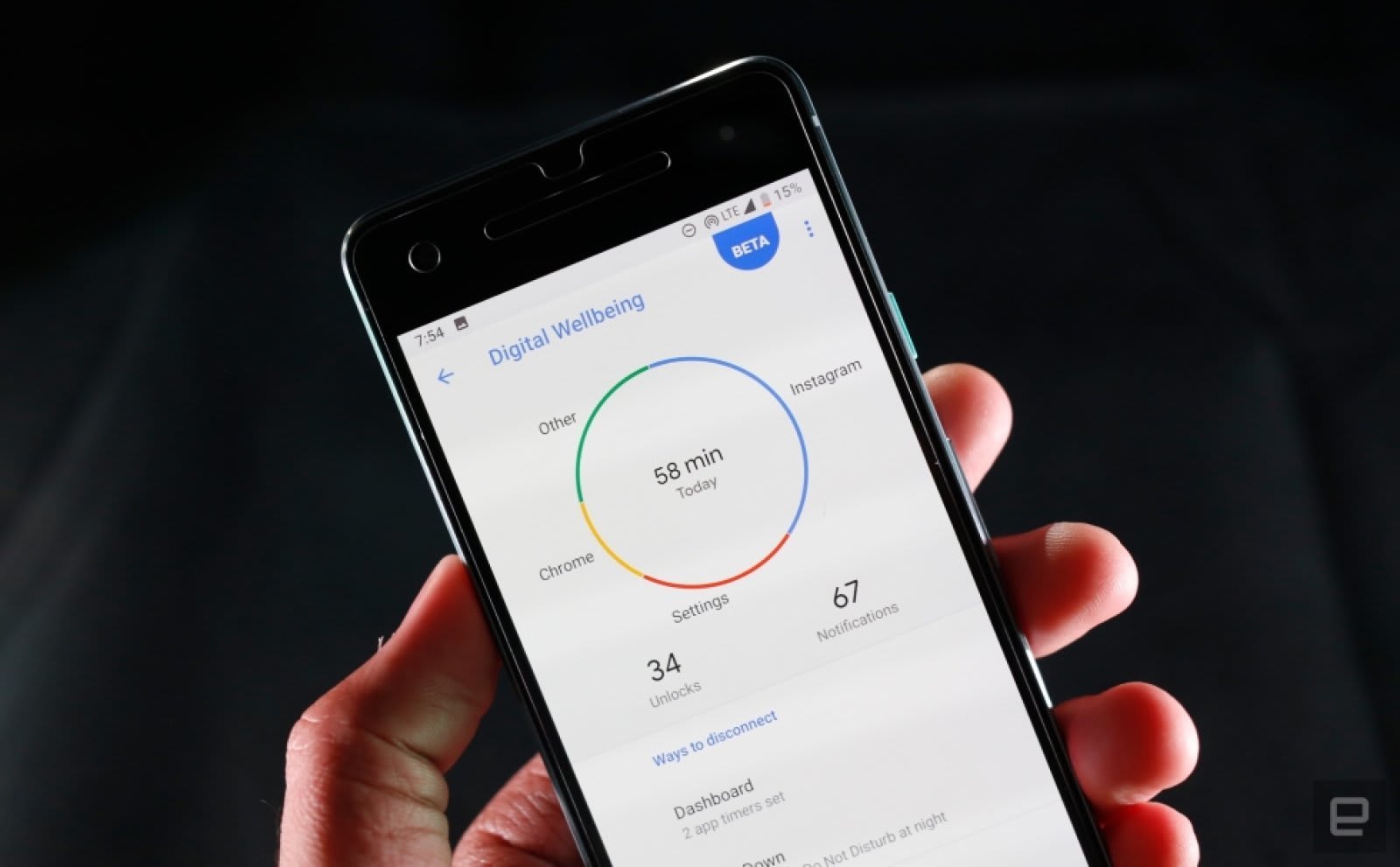
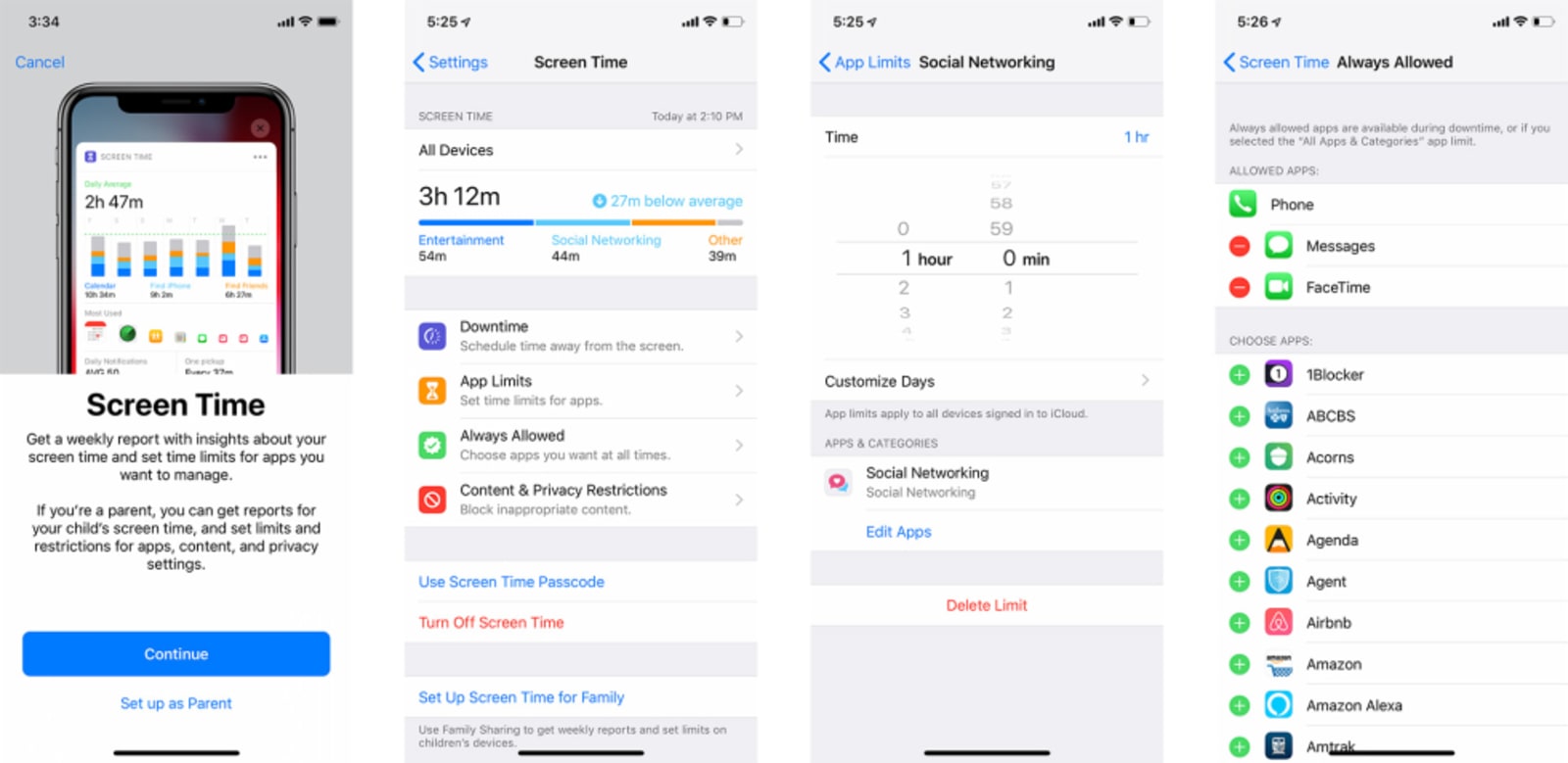
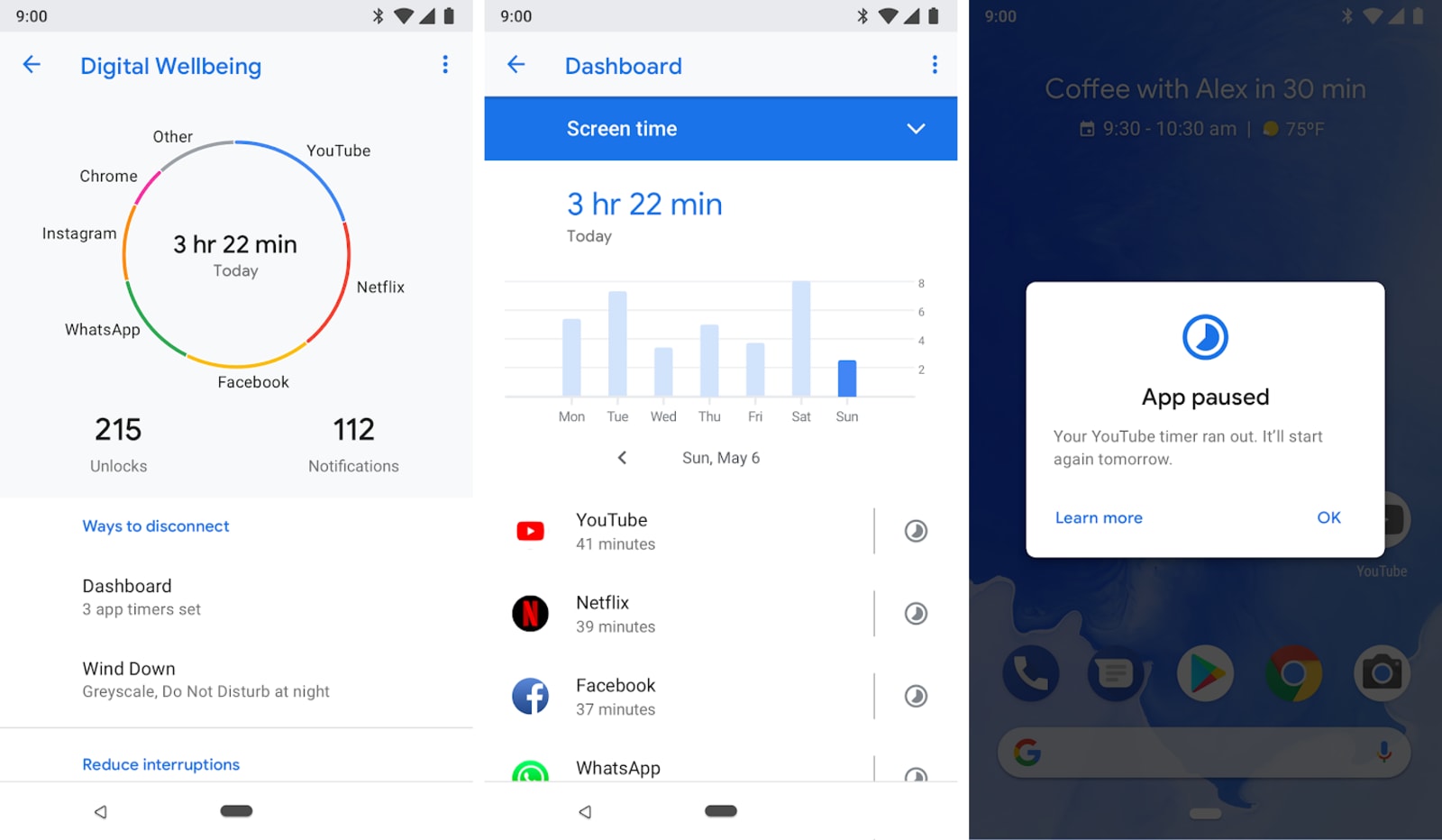

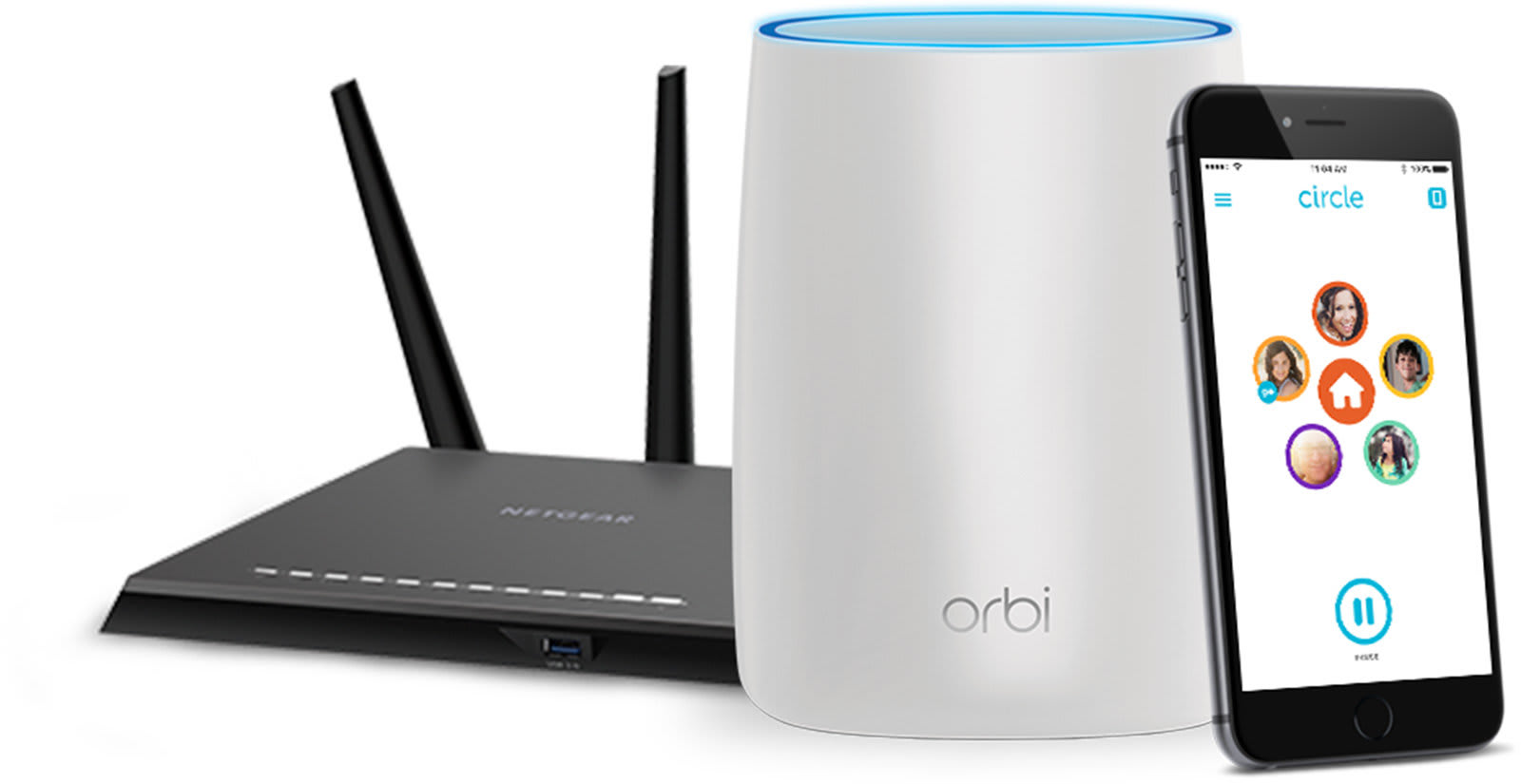
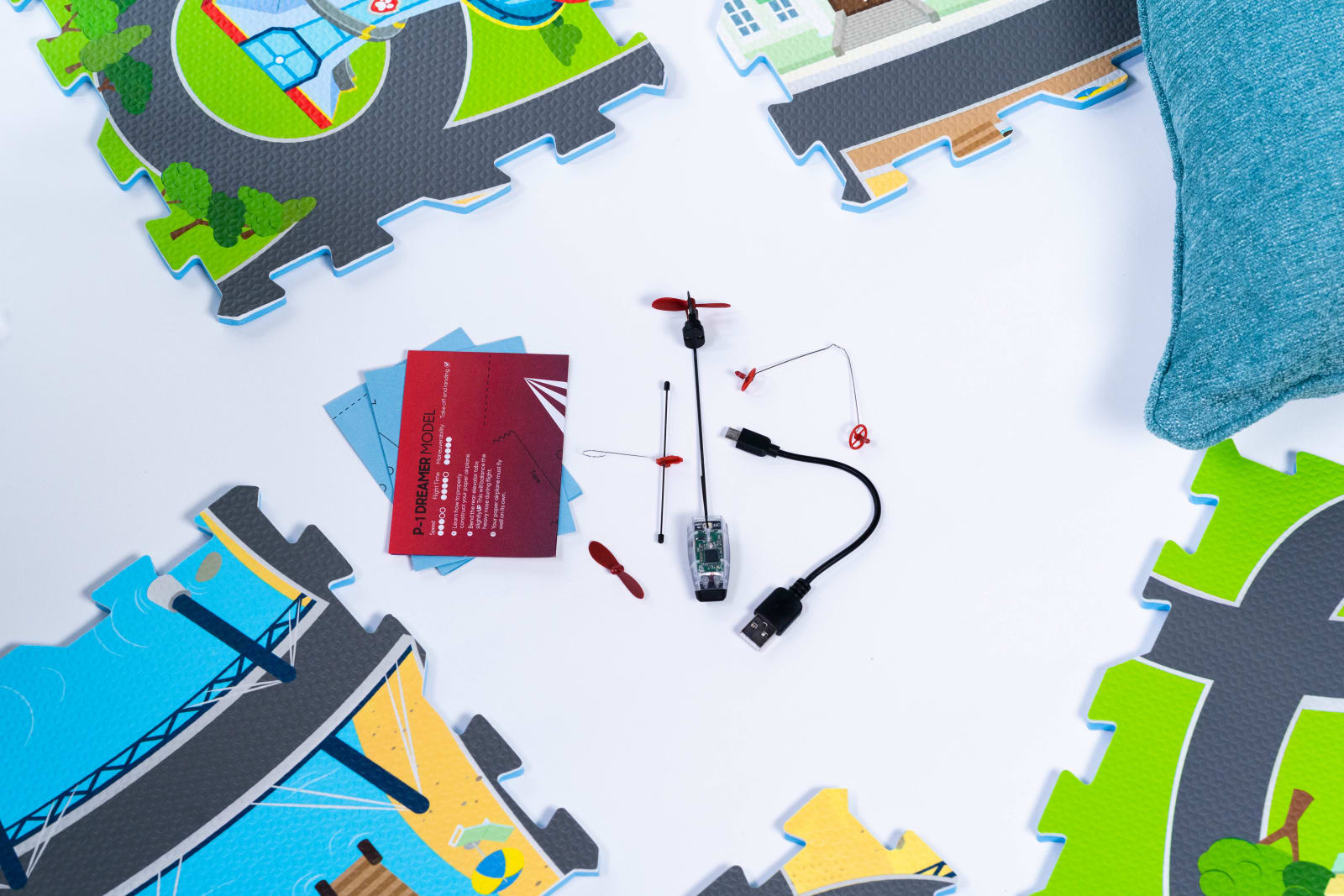




0 Yorumlar